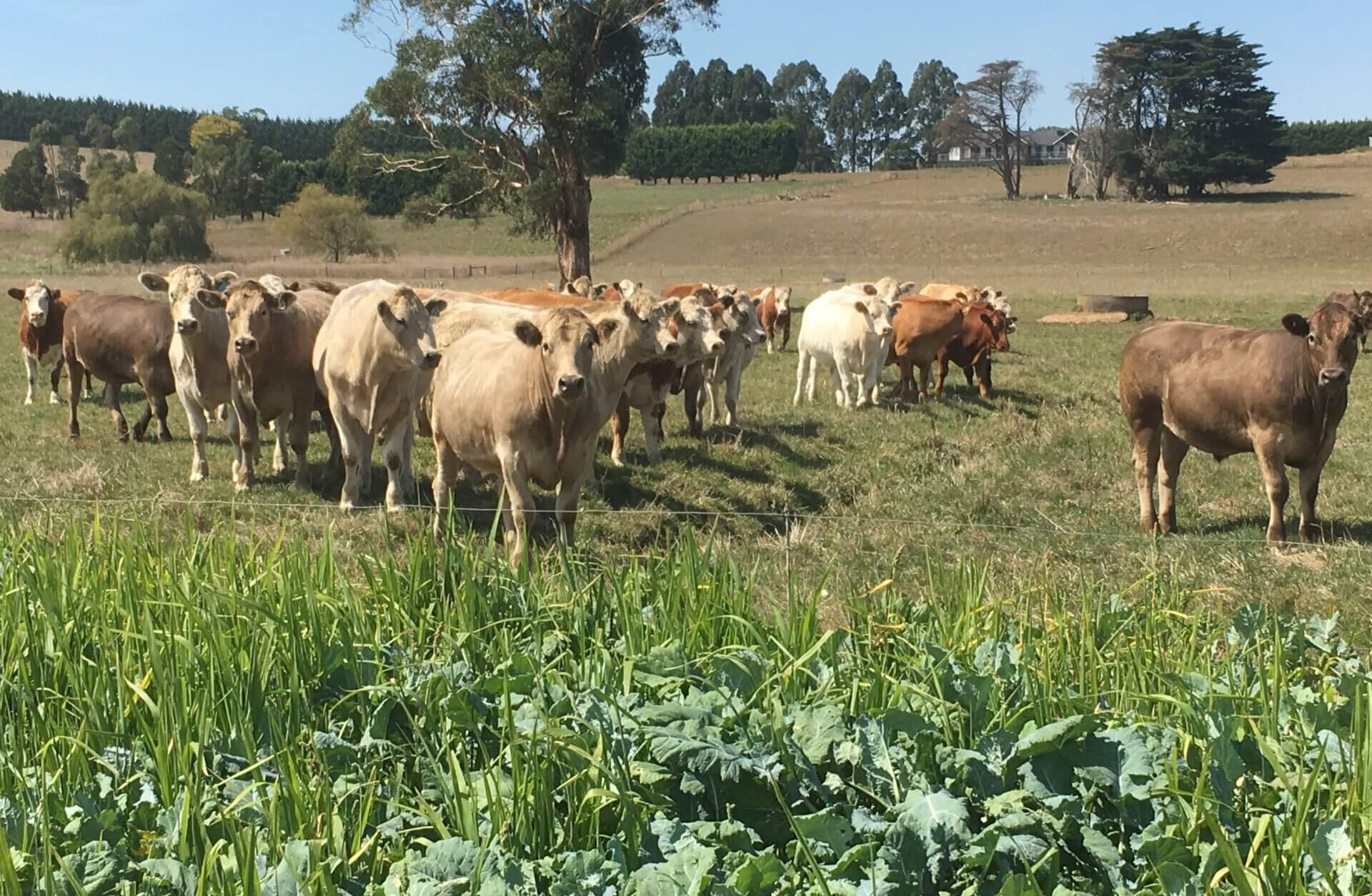Read the latest on the use of ‘Top Crop Millet & Rape’ forage blend with thoughts from Jonathan Town, Notman Pasture Seeds Western District Agronomist. Summer forage crops play a critical role in delivering quality feed during a traditionally dryer time of year through the November – April period in southern Victoria, during a pasture feed-gap due to low average rainfall and higher temperatures. This is why it is important to get feed budgeting right, whether that is for the milking herd, breeder stock or prime lambs. While conserved feed is the goal, as that preserves perennial pastures allowing them to come away again each autumn, where paddock renovations are occurring, maximising feed grown and utilised during the cropping stage […]
Category: Forage Crop Advice
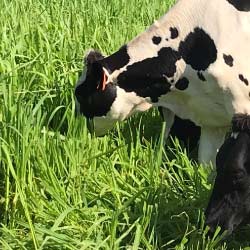
Diverse summer crops. Flexibility, Reliability and Regrowth
Spring is a critical time of year, especially for preparing for summer and autumn grazing crops. With Southern Victorian moisture levels largely the early part of the season bodes well for yield potential and quality. Across mixed farming platforms including sheep, beef and dairy premium mixed forage crops have shown their worth across many measures – with improved growth, quality, persistence, palatability and insect tolerance. Peter Notman, dairy farmer at Walcha and owner of Notman Pasture Seeds says results from grazing newer varieties of diverse summer crops have been exceptional, importantly continuing to offer flexibility, reliability and strong re-growth. “Like most regions we cannot get enough grazing tDM and quality off existing ryegrass & clover pasture base over summer to […]
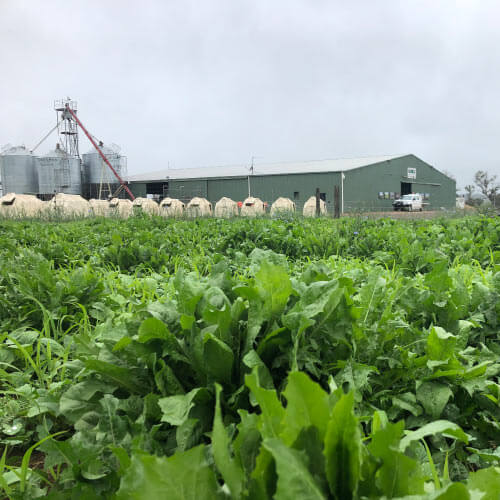
Spring into action with our Top Crop & Multi Specie Blends
We’ve put together a selection of our Top Crop & Multi Specie Pasture blends that have a proven track record in providing diverse feed options for summer and early autumn: Top Crop Brassica & Herbs Top Crop Millet & Brassica Top Crop Millet & Rape Summer Multi Species Pasture Blend Top Crop Brassica & Herbs High quality summer forage A extremely high quality, easy to manage blend of Chicory, Plantain, White Clover, Leafy Brassica & Forage Rape. Top Crop Brassica & Herbs is an excellent way to increase pasture quality through to early Autumn when you can potential drill perennial grasses back in.This blend combines herbs and clovers with a brassica crop, allowing the brassica to act as a cover […]
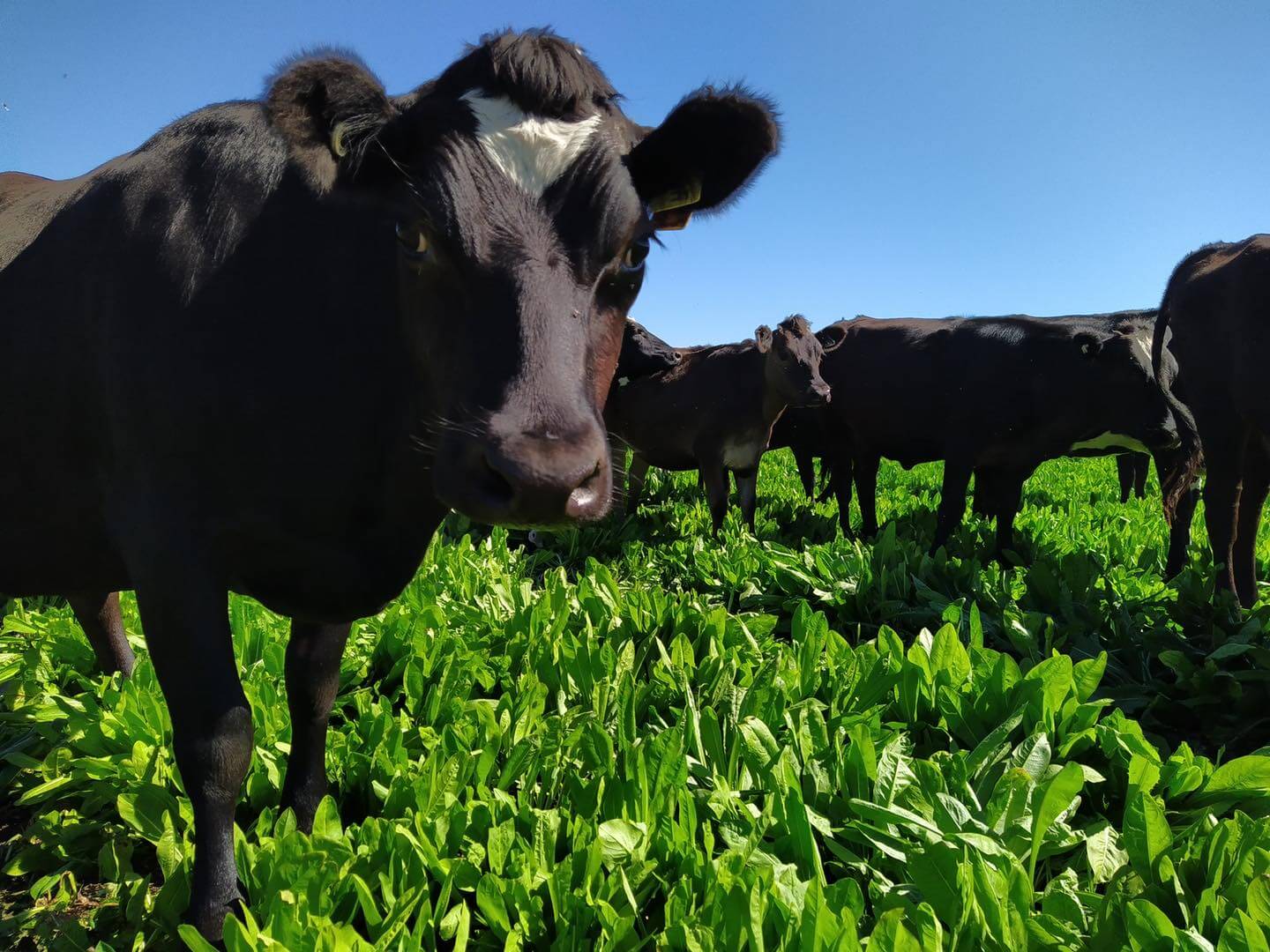
Chicory – a proven winner in Gippsland
Chicory – a proven champion. “In the thirteen years we have grown chicory we have naturally had dry years, but the year on year reliability of chicory has been proven to be a real champion” There was often a dramatic need for extra feed during the autumn months, so in 2003 I began planting Chicory. As the farm being mostly red soil it was hard to grow home grown feed at that time of year. Back then we planted full paddocks of chicory at a time from early to mid-September. The chicory grew really well, and with this spring planting and moisture available we would often be grazing within seven weeks of sowing. The chicory was grazed from late spring, […]
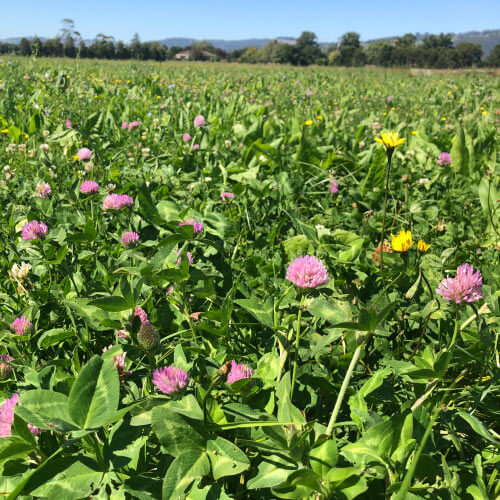
Forage diversity with multi specie blends
Benefits of multi specie pasture swards are not a new occurrence, however there’s renewed interest in what diverse swards can offer modern production systems. Well-designed multi species pastures will have a diversity that can increase overall yield, diet composition and reduces the risks of a range of environmental challenges. On the flip side there are things to be aware of when grazing alternative crops such as optimising establishment, limited weed control and animal health issues such as high levels of nitrate in brassicas. Peter Notman, dairy farmer and forage specialist at Notman Pasture Seeds in Poowong says some producers add different varieties of seed to their standard winter and summer pasture stands to provide more forage diversity and drought hardiness. […]
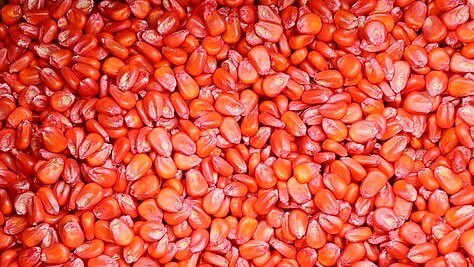
Understanding maize sizing
When maize seed goes through the conditioning process, it is separated into fractions based on kernel size and shape creating uniformity. Fractions of seed corn in different kernel sizes averaged across leading Pioneer ® brand hybrid families in the northern U.S. SEED SIZE OVERVIEW Image supplied by Du Pont Pioneer IMPACT OF SEED SIZE SEED SIZE & RELATIVE IMPACT ON MAIZE YIELD Nearly all kernel sizes can be successfully planted with all planter types. Additional adjustment may be required in some cases KERNEL SIZE PLANTABILITY Kernel size-plantability guidelines for air, vacuum, finger pick-up and plate-type planters August 13, 2018
New maize option yields well at Loch
A first time try of the Pioneer® hybrid P1070 maize produced excellent yields in two different locations for dairy farmer Ian Hooker, of Loch in South Gippsland, Victoria. Mr Hooker said he’d been growing maize for 15 years although it was the first time he had planted P1070. He said they put in 23 hectares all up with the 13 hectares off-farm producing yields of 26 dry matter tonnes per hectare of silage. “The 10 hectares of the dairy farm was almost as good,” he said. Maize is planted as the weather warms up in November and is normally taken through harvest as silage in April. Mr Hooker said the away block was about 20 minutes from the dairy farm […]







